
When Queen Victoria came to Waddesdon
On Wednesday 14 May 1890, Queen Victoria journeyed to Buckinghamshire for a much anticipated outing to Waddesdon. As we approach her 200th birthday, and celebrate 129 years since her visit, we look back at archive material documenting this extraordinary event.
According to the Bucks Herald, the weather was the subject of significant levels of anxiety in the days leading up to Queen Victoria’s visit, having turned unseasonably cold and gloomy. This clearly worried Ferdinand, who claimed that ‘a barometer has rarely been consulted so often or so anxiously as that at Waddesdon on the day preceding Her Majesty’s visit.”
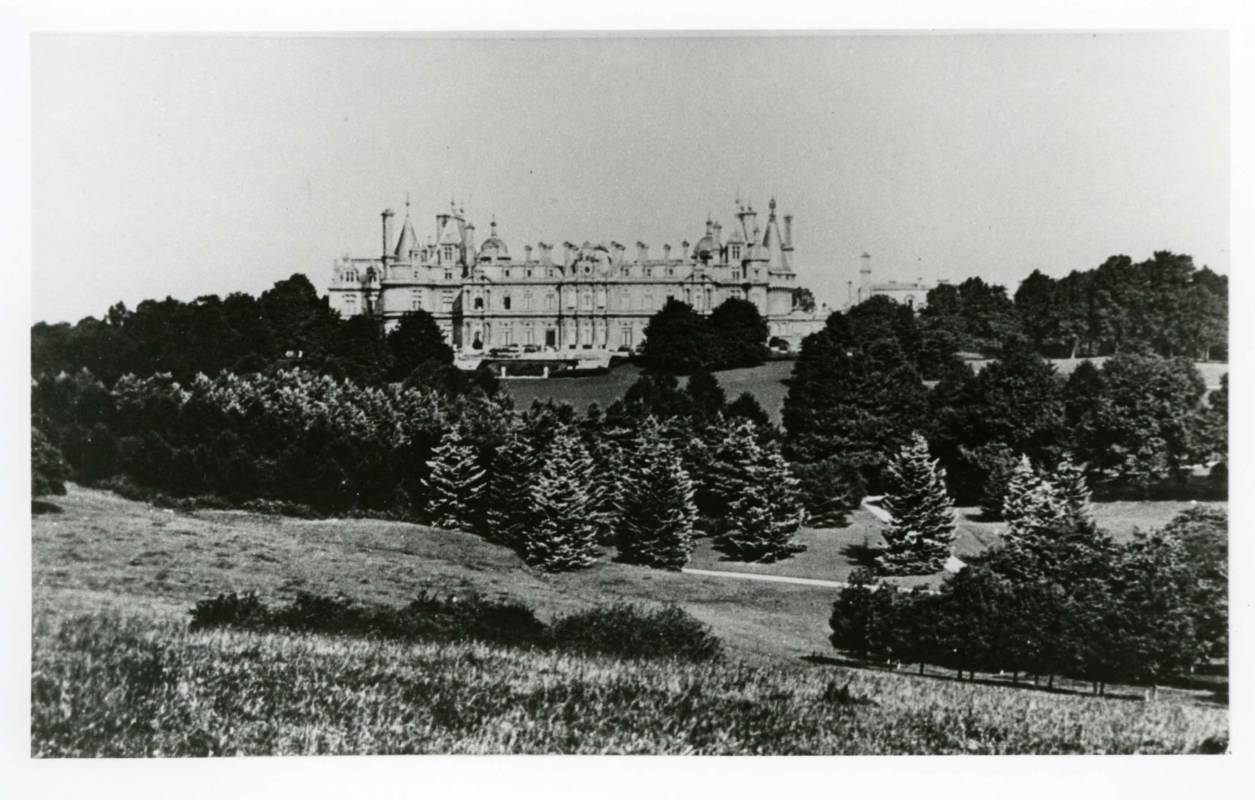
However, it would appear this worry was in vain, as ultimately “a more perfect day for the visit could not have been imagined. A brilliant sun shone from a perfectly blue sky and a crisp, cold wind tempered the atmosphere.”
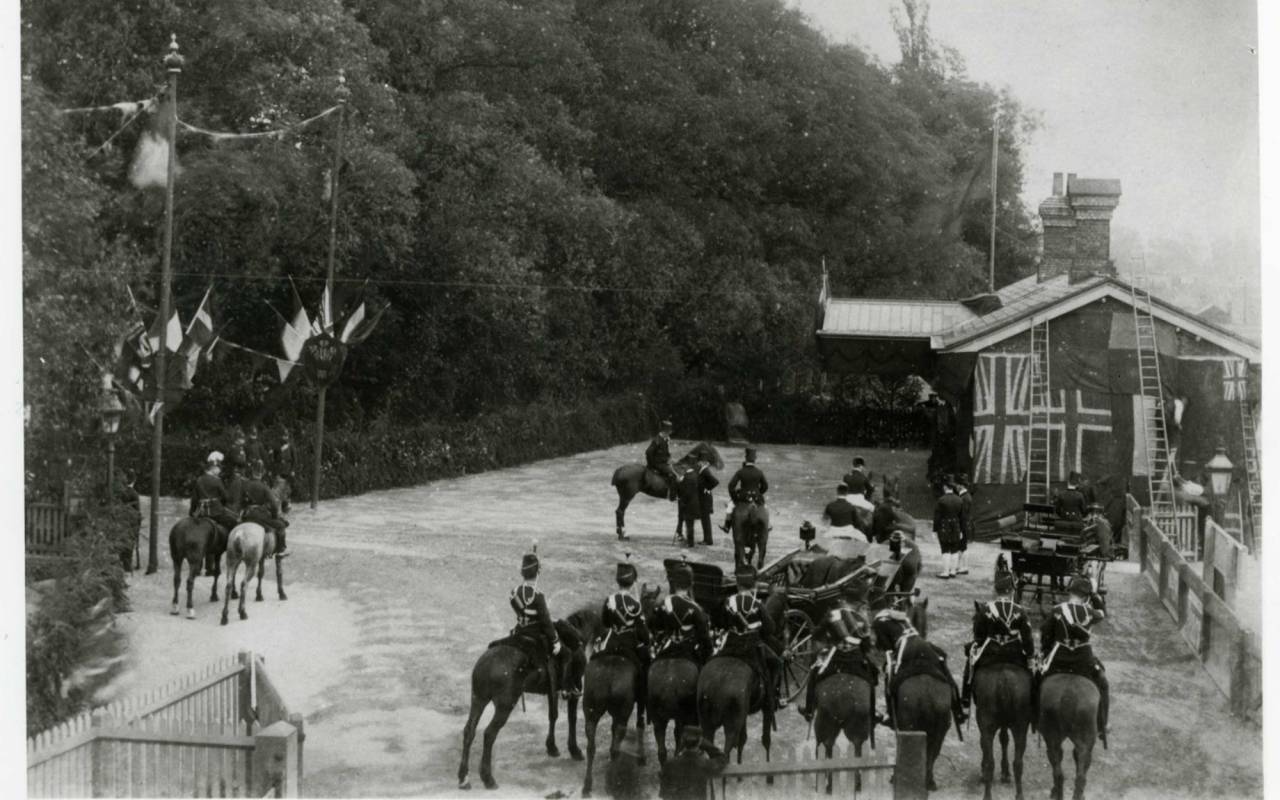
Queen Victoria arrived in Aylesbury at just after 11 o’clock on Wednesday 14 May 1890, and crowds gathered as the procession made its way from the station. “The spontaneous outburst of enthusiasm which greeted the procession was stirring and effective in the utmost degree”, no doubt helped by the efforts made by the people of Aylesbury to decorate the route with arches, banners and flags (obtained cheaply, Ferdinand notes, as they were recycled from Jubilee celebrations!).
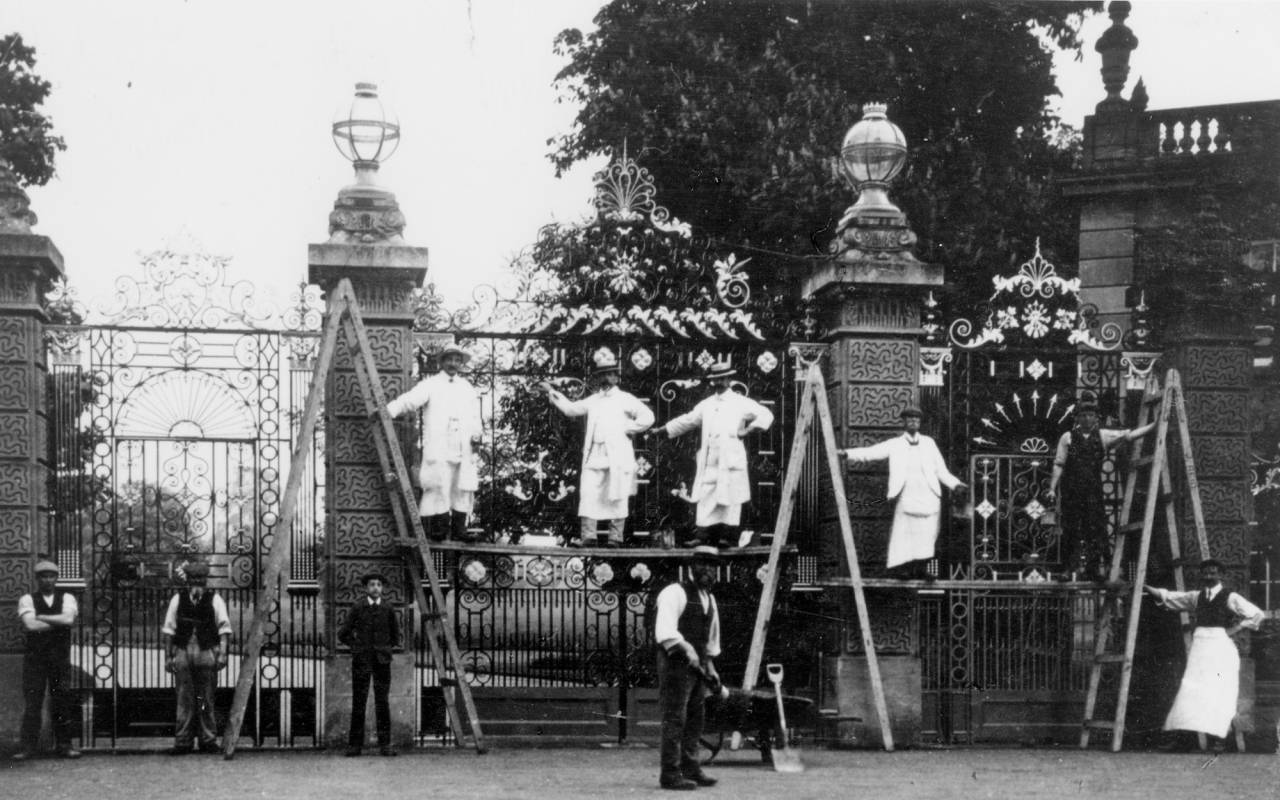
The Bucks Herald reported how ‘The children, with banners and flags flying, formed a very pretty picture, and as the Queen came into sight the National Anthem was sung with great spirit. The Queen drove slowly through the town, bowing to her cheering subjects, and Waddesdon was safely reached’.
After a lengthy luncheon, Queen Victoria retired to the State Apartments, giving Ferdinand a moment of respite in which he smoked a cigar with Prince Henry of Battenberg. However, rather amusingly he describes having to “throw away the fragrant weed unfinished, being bitterly railed by my relations who said I should be reeking of smoke when Her Majesty came down.”
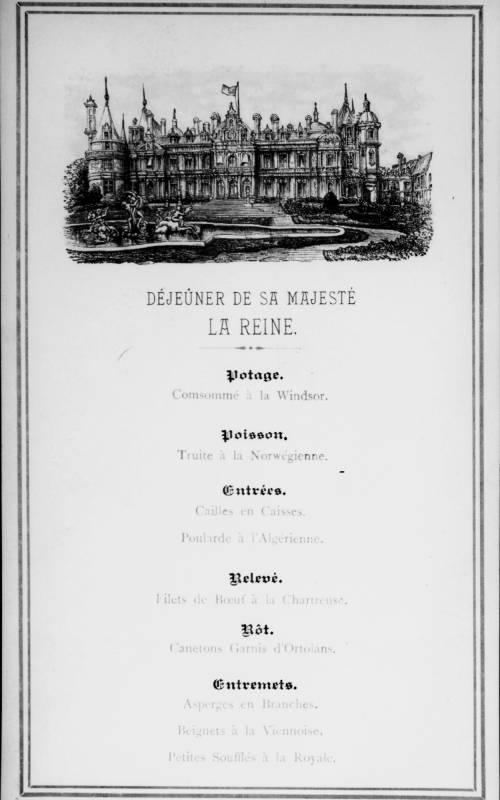
The afternoon’s activities consisted of a tour of the grounds, before moving onto the time-honoured custom of planting a tree. On the previous day, Ferdinand had arranged for an artist from the Illustrated London News to sketch the Royal visit, having been assured that he would hide inconspicuously behind a bush. Intrigued by the practicalities of such a set-up, Ferdinand investigated the shrubberies during the planting, only to find the artist, as promised, “ensconced behind a Thuja gigantean.”
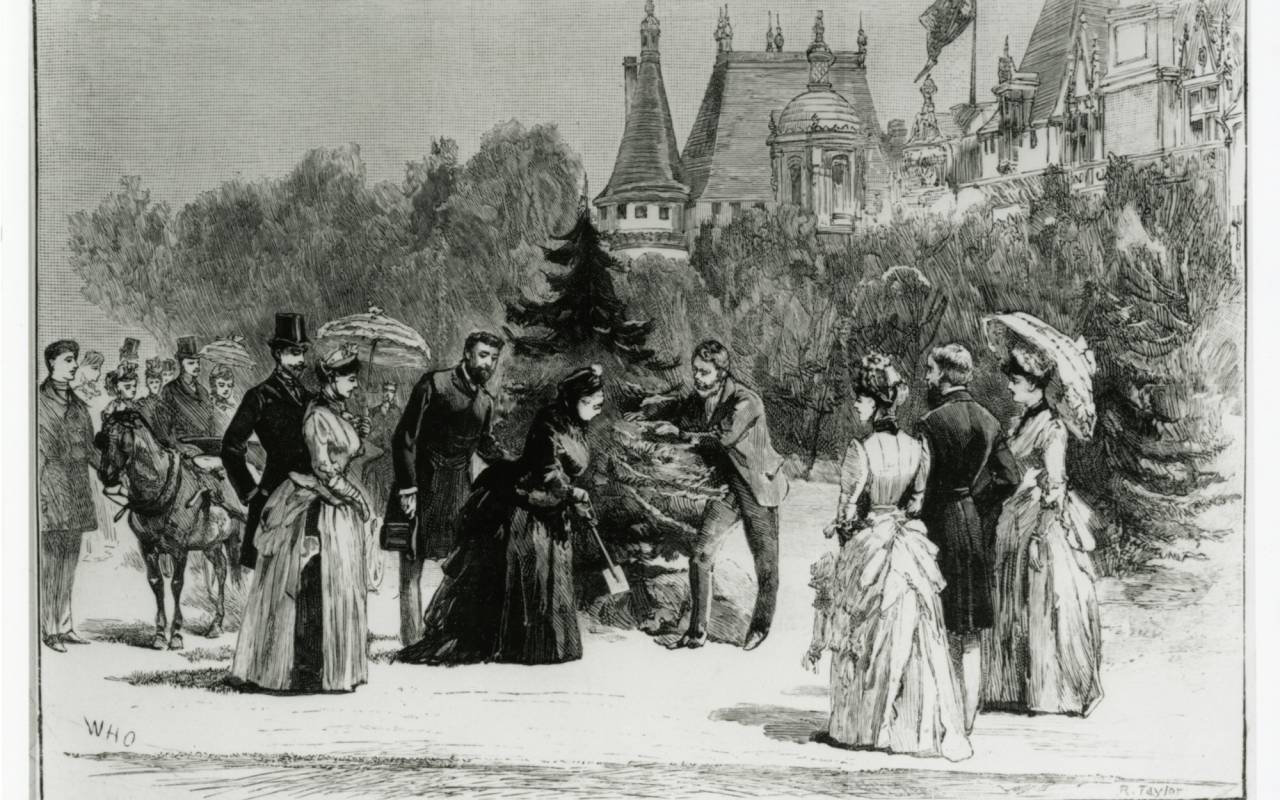
It is widely agreed that the rest of the day was a success, and having watched the train steam off Ferdinand describes driving home “thoroughly exhausted, but delighted that the visit had…passed off so satisfactorily.”
Surprisingly, despite the honour of such an event, it was only “after being pressed by friends to keep a record of an event, which in days far forward, may be regarded as one of some significance, and likely to arouse the historical, archaeological and social curiosity of unborn generations,” that Ferdinand consigned to paper his thoughts on this historical day.
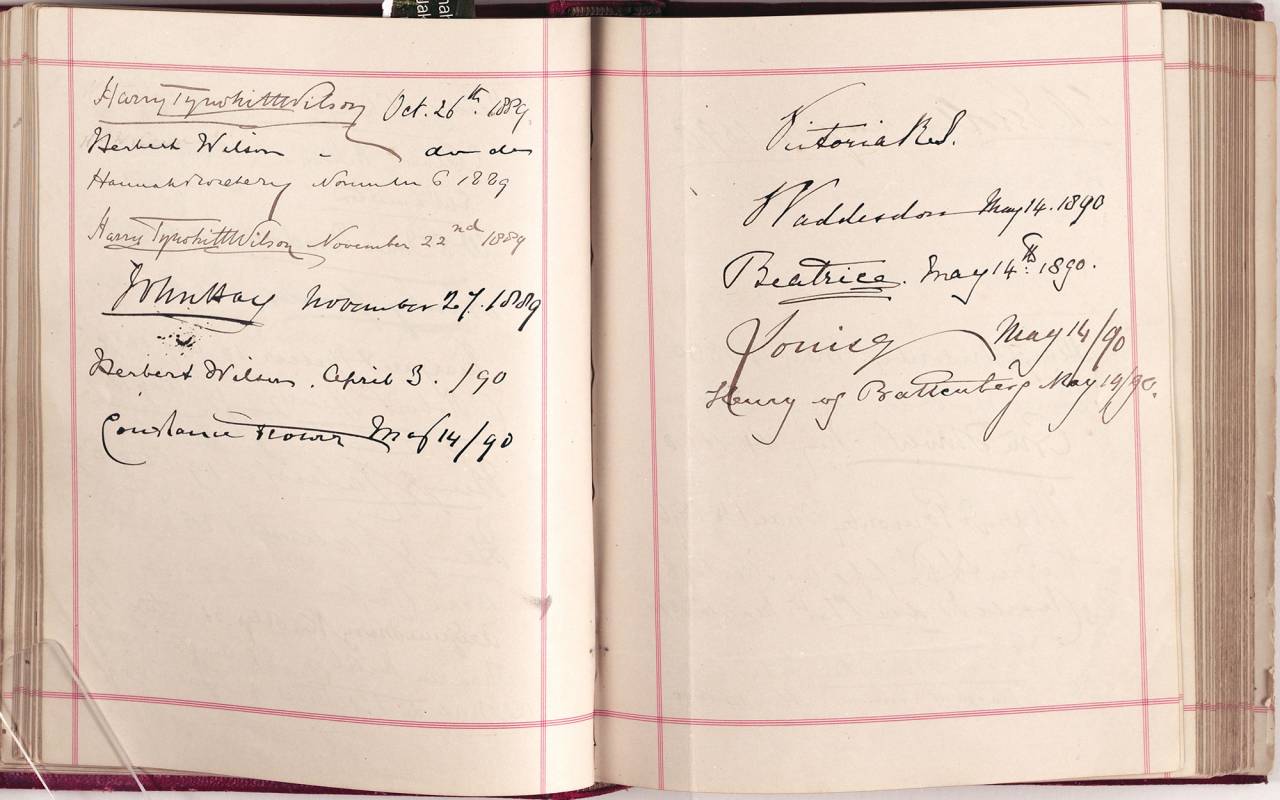
We for one, are extremely grateful for this foresight, as the inevitable joys and worries that come with hosting one of England’s most extraordinary figures reads like something from a work of fiction, and shines a new light on Baron Ferdinand’s role as host of Waddesdon Manor.
This blog post draws on archive material from the Bucks Herald, and ‘An account of the Queen’s visit to Waddesdon’ written by Baron Ferdinand de Rothschild, from Waddesdon’s archives.




